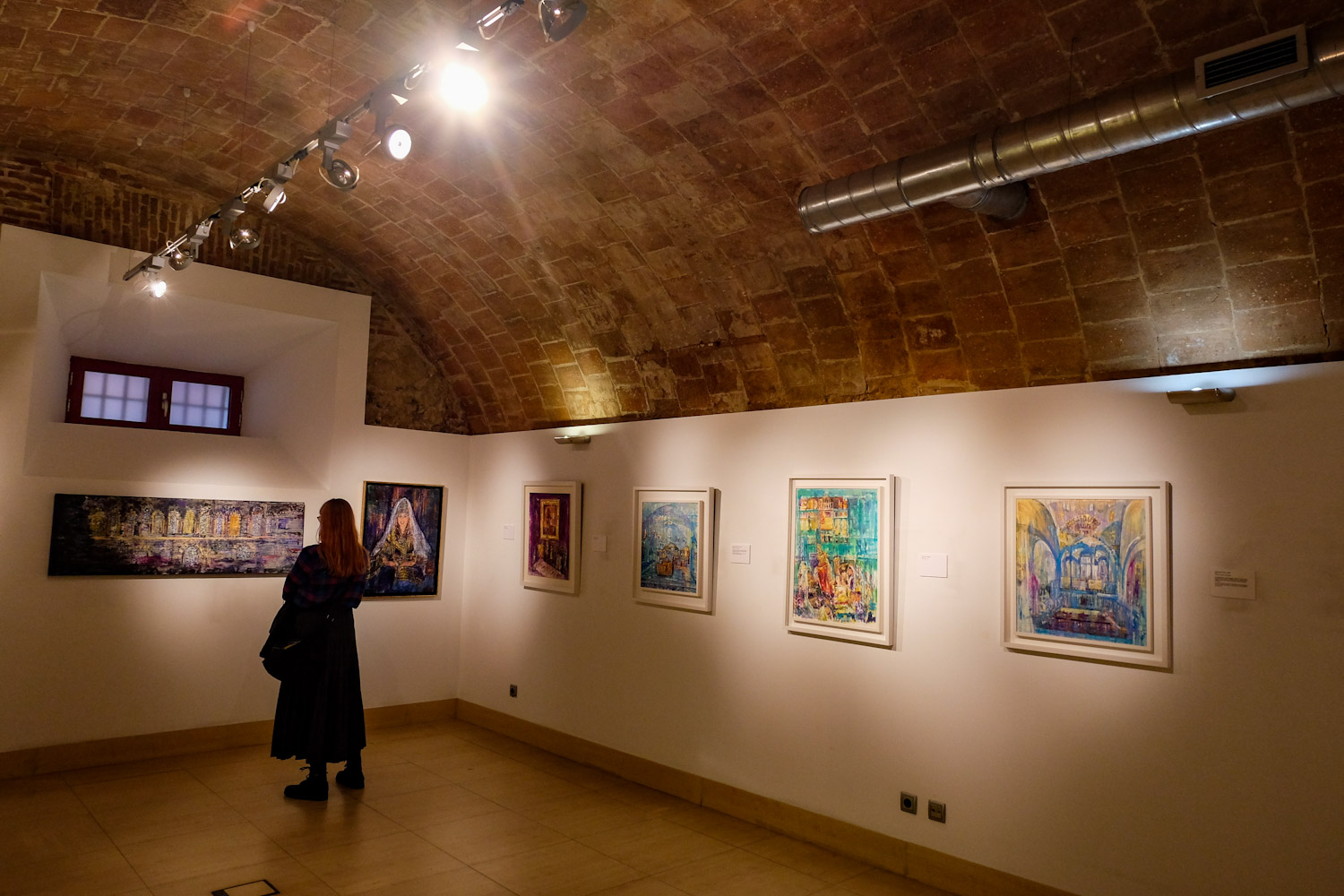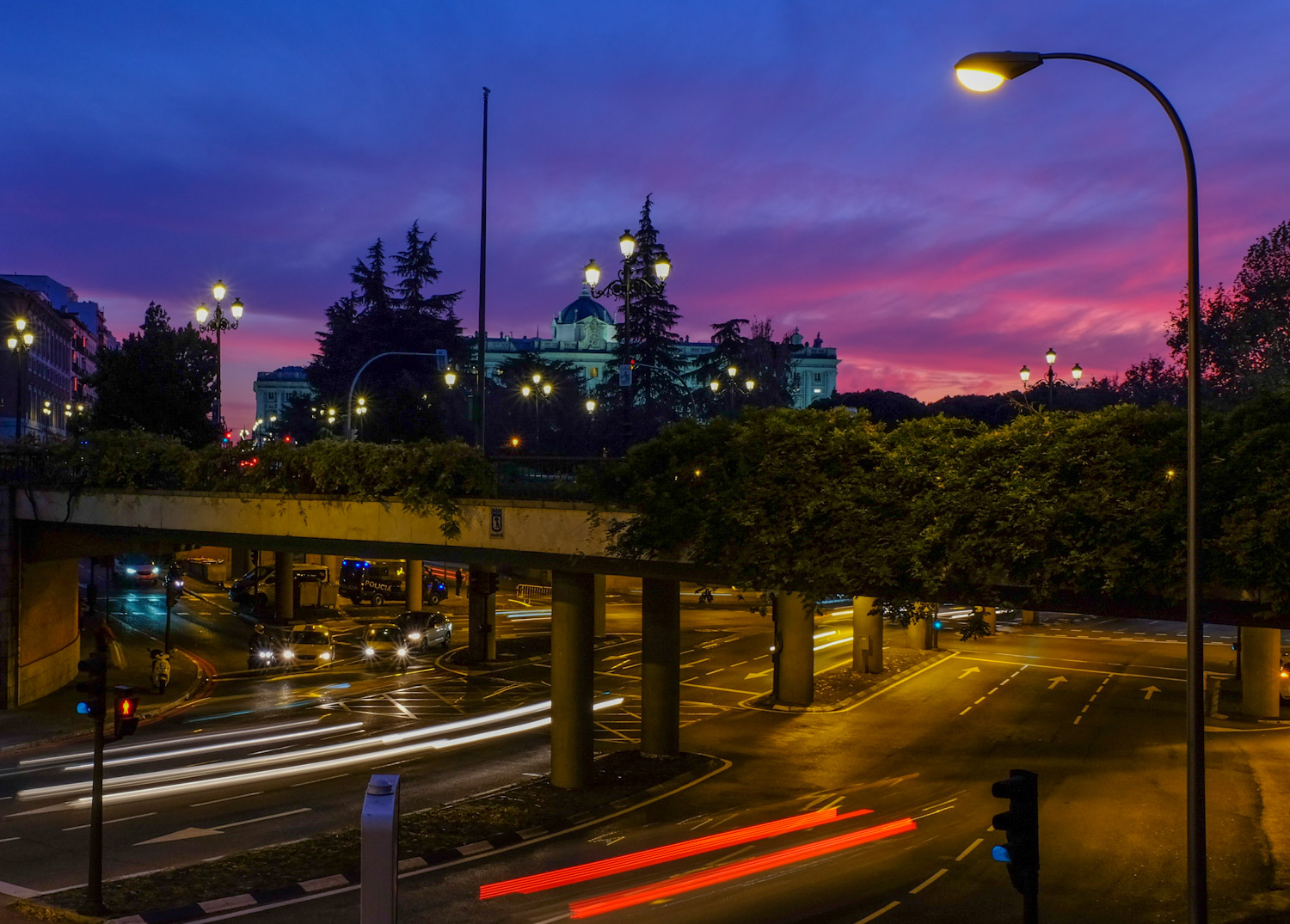I was standing in a small art exhibit in Toledo, Spain, in a tiny room adjacent to the city’s famous former synagogue, eavesdropping on an argument between a tourist and a priest. The tourist, evidently a Jewish man in his 40s, seemed distrustful of the blandly impressionist paintings and banners surrounding him, which espoused vague messages of interfaith love and co-operation.
“This is fine looking ahead,” he said. “But we all know what happened in history.” He proceeded to argue that the notorious expulsion of Spain’s Jews, in the immediate aftermath of the Spanish Inquisition in 1492, was a “whitewash” of actual events.
“We all know really what happened,” he asserted.
The priest – who, despite speaking good English, insisted he had trouble communicating – acknowledged that many Jews converted, or were tortured or expelled. But he then swiftly moved onto another track, explaining a confusing alternative etymology of Sephardic names like Toledano (“Toledo again, no!”) and pushing a positive outlook. His guest was not buying it.
While the tourist was not Spanish, he’d fit in well in Spain. Jewish Spaniards number in the tens of thousands and most Spaniards have never met a Jew, yet the country harbours relatively common, albeit casual, anti-Semitism. When an Israeli basketball team beat Madrid back in 2014, for example, local Jewish community leaders demanded police investigate 18,000 Spanish tweets pushing for another Holocaust. I even saw evidence of this with my own eyes. While riding the subway in Barcelona days after leaving Toledo, I saw scribbled words on a train door: “Israel,” followed by “racists,” “Nazis” and Catalan words I did not understand, but could glean by the context.
Security at Spanish-Jewish institutions, therefore, is intense. After I emailed several people at Madrid’s biggest synagogue, which doubles as a Jewish history museum (ironically nearest to a subway station called Iglesia, which means “church”), I did not hear back. I later learned online that foreign visitors have reported unfriendly and suspicious local congregants at the synagogue, and mentioned that they needed to bring their passports and endure interrogations about their faith, just to attend services.
READ: NUSEIR YASSIN: CHRONICLING THE WORLD ONE MINUTE AT A TIME
My wife and I tried visiting in person, just in case my emails got lost somewhere. We walked up to the large golden doors adorned with Stars of David, rang the doorbell multiple times, waved at the security camera and tried explaining through a buzzer (in Spanish) that I was a journalist. No answer. Maybe there was no one inside; maybe they didn’t believe us.
Instead, we walked to the Centro Sefarad Israel, an open-door community centre near Madrid’s magnificent royal palace. The centre hosts rotating art exhibits, concerts and video screenings. The guard there was predictably curt – “What are you doing here?” he immediately asked, before we even dropped our bags on the security scanner and walked through the metal detector. Luckily, the art curation was more welcoming. During our time in Madrid, they were showing and discussing Amazon’s excellent and very Jewish series, The Marvelous Mrs. Maisel, and held a free concert of Spanish Sephardic music.

We missed the shows, but we did catch their two ongoing art exhibits. One was from a Moroccan painter, Bettina Caro, whose sentimental impressionism impressed neither me nor my wife.
The other exhibit was produced by two Japanese artists who found aesthetic commonalities between their native script and Hebrew. The duo splattered large canvases with abstract amalgams of both alphabets, like linguistically curious Jackson Pollocks. Even while squinting, I couldn’t see the Hebrew, but it was undeniably refreshing to gaze at for a while, especially after Caro’s dreamscapes.
Spain is rich with ancient Jewish history and remains a standout destination for Jewish tourists. In Toledo, one can visit what some believe to be Europe’s oldest synagogue; in downtown Malaga, a statue of Solomon ibn Gabirol, an influential 11th-century Andalusian philosopher, stands proudly beside the city’s centuries-old Roman amphitheatre. There are synagogues and vibrant Jewish communities in Barcelona, Seville, Avila, Caceres and Cordoba. All these cities are worth visiting.
Madrid, however, is a little different. When it comes to listing Spain’s famous Jewish tourism sites, Madrid doesn’t rank. Its Jewish community lives pretty far north of the city centre. There’s no old Jewish quarter. Traces of the city’s Jewish past have vanished into history.
Maybe that’s why the city’s few remaining Jews, a few thousand or so, are hesitant to interact with tourists. There just isn’t much to see there yet. First, they have to rebuild.
